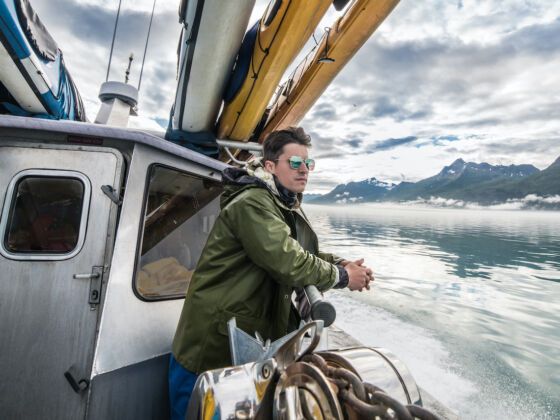Alaska is one of the most beautiful and unspoiled places in the world. It is an environment of coastal mountains, vast unspoiled tundras, ice fields, and rivers teaming with fish. As idyllic as this state is, life here in Alaska is not without its challenges.
Here are 5 uncomfortable truths about living in Alaska.
1. Alaska is a dangerous state.
The perils of the 49th state are frequently exaggerated, but they’re not complete works of fiction. According to the bureau of vital statistics, roughly 400 people a year succumb to an untimely demise in Alaska making it the second most deadly state in the Union. Although bear attacks always make headlines, they are few and far between compared to the number of people who fall out of boats, break through frozen lakes, or simply die of exposure in the extreme cold. As moribund as that sounds, the largest number of accidental deaths are far less dramatic. Dozens of Alaskans die each year in their sleep from carbon monoxide poisoning due to faulty heaters or clogged chimneys.
